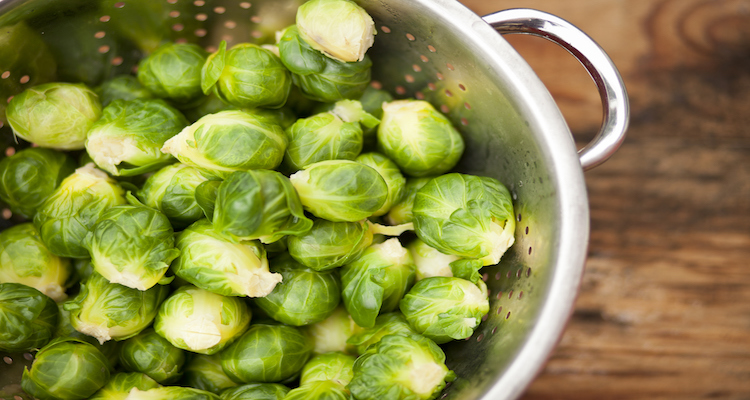


After that point they will begin to lose some nutrients, their color will change, and they will increase in odor. Although not ideal, sprouts should retain their integrity in a refrigerator for up to 1 week. Remove any damaged or irregular outer leaves and store fresh unwashed sprouts in plastic bags in the vegetable bin of the refrigerator. The fresher the sprouts, the better the flavor, so refrigerator storage should not exceed a day or two. You want the sprouts to feel “full” when you touch them as that means they’re fully developed. Whether you’re buying individual sprouts or a stalk of sprouts, look for any damage or brown holes from cabbage worms. Also, the stalk is very similar to the stalk of broccoli and can be used in many of the same ways. Buying Brussels sprouts on the stalk often has the added benefit of staying fresher for longer and retaining more nutrients post-harvest. When buying fresh sprouts, look for either individual sprouts or sprouts still on the stalk. Combining a serving of Brussels sprouts with a serving of whole grains, brown rice, or quinoa will make the protein complete.

Brussel sprout nutrition full#
The protein, however, is incomplete as it lacks the full spectrum of essential amino acids. Also, unlike most other green vegetables, Brussels sprouts are rather high in protein. Excessive consumption should be avoided by those taking anticoagulants due to high vitamin K levels. They were later cultivated near Brussels in the 13 th century, which is where they got their name from, and also why Brussels sprouts are always spelled with a capital ‘B.’īrussels sprouts are an excellent source of vitamin K, C, and B, and contain many essential minerals including iron, manganese, and phosphorus. Native to the Mediterranean region, Brussels sprouts first appeared in northern Europe during the fifth century. Brussels sprouts’ flavor, sweetness, and tenderness improve with exposure to frosts, so you will often find fresh stalks of Brussels sprouts available after your first local cold snap.


 0 kommentar(er)
0 kommentar(er)
